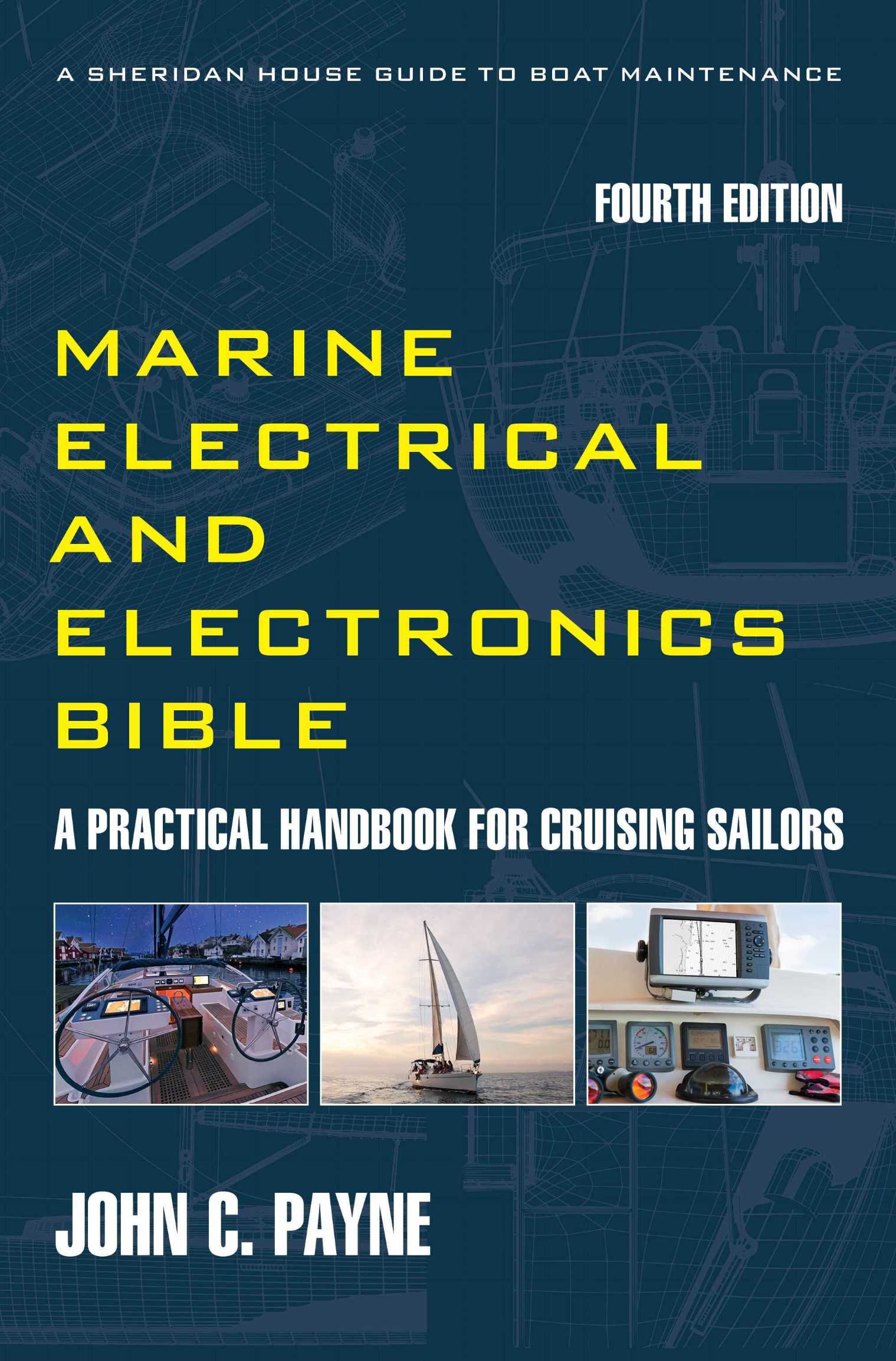Lithium ion Marine Battery
Maintenance
The lithium ion marine battery is NOT maintenance free and you need to perform some basics. Install and forget is a recipe for disaster. You need to do monthly checks as part of your boat routine and most do not. Your primary power system can only function if every element of your battery installation is correct
Lithium-ion marine battery maintenance comprises several important elements which should have been considered when installing them. Maintenance is associated with proper installation, and if that is done correctly maintenance is also easy. You have to consider your battery charging sources, the cable and wiring and connections. Any single failure or substandard part can bring it all down.
Lithium Ion Engine Start Batteries
They are not recommended for starting a diesel engine. The BMS electronics cannot withstand the start current spike, the battery is not the issue. Current BMS designs can withstand hundreds of amps for a couple of seconds and this varies by manufacturer. When a diesel engine is started there is a momentary current spike that can exceed 500 amps and this can cause issues. Some have been approved for outboard engines but not for diesel engines.
Lithium ion Marine Installation
First it is best to revisit battery installation. You absolutely need to install the batteries correctly at the outset. Too many simply assume that drop in replacement lithium-ion batteries are exactly that. Consider the following battery installation factors:
The battery compartment needs to be designed so that all electrolyte leakages are contained, and this holds true for traditional lead acid flooded cell batteries. I have seen some advocate that fire containment should be a complete stainless-steel compartment although I have not yet sighted this on any boats.
Lithium ion Marine Installation
The Lithium ion marine battery needs to properly secured to prevent movement. The rules and recommendations are deficient on this. I am of the opinion NO MOVEMENT should be there. On my own boat all batteries have a neoprene rubber mat under them, (you can buy and cut up a yoga mat which works well). This absorbs vibrations that can impact cell internal elements and casing. When you use a clamp across the battery, insert some rubber strip so it is not metal against plastic. Do not overtighten these clamps as you can start to distort the battery casing. You can use plastic battery boxes, but I find these difficult in confined spaces to lift batteries in and out or to fasten the covers.
Lithium ion Battery Installation
Inspection List
The batteries should be installed away from all sources of water ingress during vessel operation? This means well above the maximum anticipated bilge water level.
The batteries should be secure and restrained against shock, vibration or movement.
The batteries should be installed away from high ambient heat sources.
The battery ungrounded terminals should be insulated with non-conductive boots or shield.
The batteries have isolation or disconnection devices or switches installed.
The battery has no connections made that bypasses any protection device or BMS.
The battery conductors have overcurrent protection devices installed? These are usually a class T or NH fuse along with a disconnect switch.
The battery isolation or disconnection devices or switches should be installed adjacent and accessible.
The battery space or compartment should be well ventilated. Battery ventilation air flows comply with manufacturers requirements.
The battery compartment has no installed switches or protective devices.
The battery compartment cable entries are all gastight.
The battery location ensures specified battery operating temperature limits cannot be exceeded.
The battery location ensures IP rating and management system are not exceeded.
The batteries have an integrated or separate Battery Management System (BMS).
The BMS has protection against overcharge, over discharge, charging or discharging in high or low temperatures.
The BMS provides continuous voltage and temperature monitoring of each cell.
All charging sources have BMS automatic disconnect at high voltage maximum value.
All connected loads have BMS automatic disconnect at low voltage minimum value.
All charging sources and connected loads have BMS automatic disconnect when temperature exceeds specified maximum value.
The BMS has audible and visual alarms at the normal vessel operating station prior to disconnection.
All battery charging source regulator/controllers are configured with the correct charging profile as defined by the battery/cell manufacturer.
The battery has no connections made that bypasses any protection device or BMS.
The batteries or cells have internal or external Battery Management System (BMS).
The Battery Charging Source is rated for the maximum charging current required by the battery.
The Battery Charging Source cable current capacity is rated for the maximum charging current required by the battery.
The boat manual incorporates battery data and safety information.
The boat manual incorporates details and setting data for the charging source.
Lithium ion Maintenance
Inspection Checklist
The battery or cell casing is not deformed or bulging.
The battery or cell casing is not warm or hot to touch.
The battery or cell casing has no evidence of mechanical damage, cracks, splits and so on.
The battery or cell casing has no evidence of electrolyte leakage. This can be blue or clear fluid.
The battery is making noises. If it is making an audible hissing, popping or whistling sound you have a problem.
The battery has a sweet chemical smell; this is usually associated with electrolyte leakages.
The battery is emitting black smoke or white vapors. The vent system is causing this and probably in an over pressure condition.
Lithium ion Marine Battery Maintenance
Now you have installed your Lithium ion marine battery make sure you give them the care and attention they require to maximize service life and efficiency.
